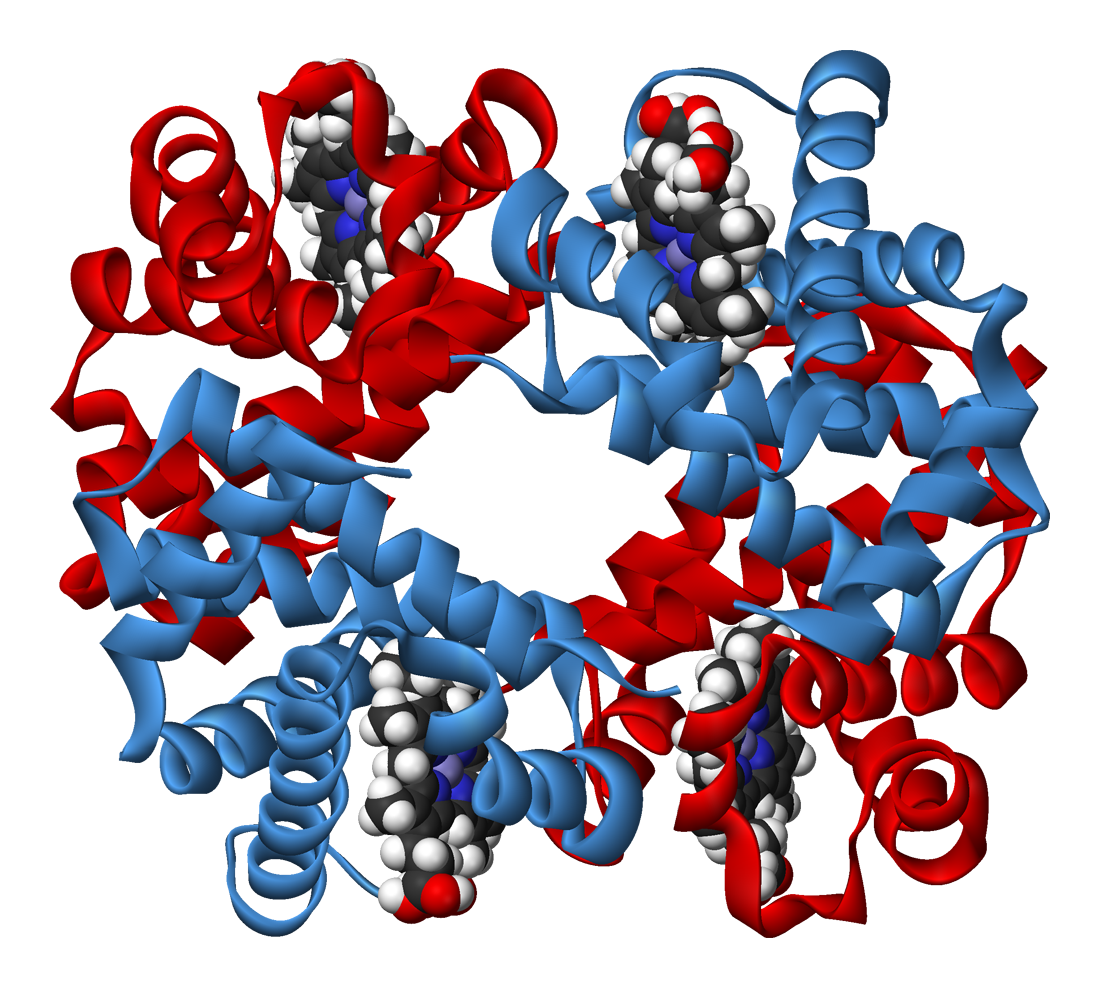Haemoglobin is the molecule in blood that binds with oxygen and transports it around the body in the blood. It is contained within the red blood cell and is responsible for giving the cell its red colour when bound with oxygen. Aerobic training stimulates the body to produce more haemoglobin in order to increase the oxygen carrying capacity of blood.
Haemoglobin levels increase in response to training and improve the body’s ability to transport oxygen to the muscles where it is needed for energy production. This energy production is done through the aerobic system, producing ATP for movement. This energy system produces carbon dioxide and water as by-products, which are easily removed by the body.
This increased usage of the aerobic energy system delays the need to rely on the anaerobic energy systems and therefore helps avoid fatigue caused by the build up of acid in the muscle. Therefore, an increased haemoglobin level increases the workload at which the athlete reaches their anaerobic threshold. This allows the athlete to have a maintain higher intensities for longer periods of time, because they remain within their aerobic training zone.
This also improves performance by allowing faster recovery from acid build up, which then allows higher anaerobic intensities to be used with shorter rest periods between each anaerobic workload.

